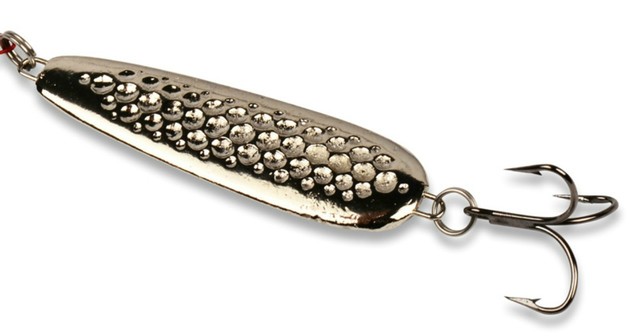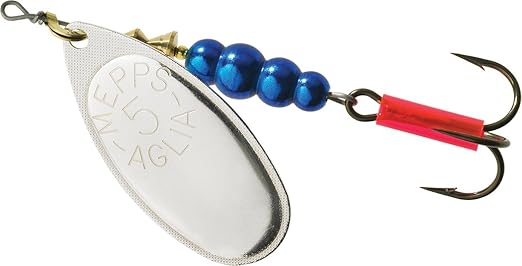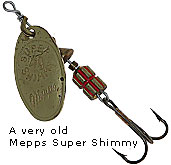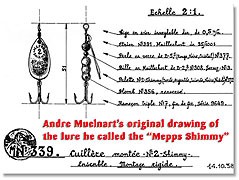May Freshwater Fly of the Month: Adam's Parachute
Excerpt from:
http://www.flyanglersonline.com/flytying/intermediate/part21.php
"A lot of people don't understand the significance of parachute flies. These hackled morsels are a lot more than just another dry fly. They land, float and look much different to the fisherman than the standard dry fly. To the fish, they also look much different than a standard dry fly.
First, the body of a parachute dry fly is suspended in the surface film. The only time natural insects have their bodies resting fully in the surface tension or film is during emergence or when they have been captured by that film and lay dying on the surface. For that reason alone, this is an excellent fly to use during the hatch when insects are emerging, and later during the mayfly spinner fall when adult insects have been captured by the surface film and lay dead or dying in that film. These are also the two best times for the fish to capture insects since the insects are most vulnerable at these times.
Second, the hackle on a parachute dry fly looks like the legs of an insect when viewed from the bottom. As an adult insect emerges from its nymphal body, it extends its legs outward to support its weight on the surface tension of the water. As it continues to crawl out of its shuck, it places more weight on its legs until it's free from the shuck. As the shuck floats away, the adult insect dries its wings and eventually flies away. Only during the wing drying phase of this emergence does a standard dry fly look more natural from below than a parachute dry fly.
Again, when the female returns to the water to lay eggs, its wings often get caught by the surface tension of the water and begin to absorb water. The female will spread her legs out to provide support for her body as she dumps her ballast of eggs and tries to rise above the water to fly away. They are rarely successful in flying away, but their legs and wings remain splayed out on the surface as they expire and float downstream. From the bottom, this also looks a lot like a parachute dry fly.
Finally, the post type wing of a parachute dry fly is easy for the fisherman to see. This is very important during heavy hatches and heavy spinner falls. If your fly looks exactly like all the other flies on the water, it's often lost in the crowd and missed strikes are the result. That's a good reason to use a visible post on your parachute flies.




 Todd Sheldon was hooked on and began selling Mepps spinners, but soon discovered he couldn't get enough. Velek knew a French woman who sent spinners to the sport shop in exchange for nylon stockings. However, the lures were selling faster than she was wearing out her stockings, so Todd began buying his lures directly from Meulnart's factory.
Todd Sheldon was hooked on and began selling Mepps spinners, but soon discovered he couldn't get enough. Velek knew a French woman who sent spinners to the sport shop in exchange for nylon stockings. However, the lures were selling faster than she was wearing out her stockings, so Todd began buying his lures directly from Meulnart's factory. Soon, other fishermen were experiencing catches like the one Todd took from the Wolf. But, they were catching all kinds of fish, not just trout. As the Mepps reputation grew, so did sales. In 1956, Todd sold his store and formed Sheldons', Inc. to focus his attention on his growing import trade.
Soon, other fishermen were experiencing catches like the one Todd took from the Wolf. But, they were catching all kinds of fish, not just trout. As the Mepps reputation grew, so did sales. In 1956, Todd sold his store and formed Sheldons', Inc. to focus his attention on his growing import trade. The spinner shaft is stainless steel to resist the elements. Silver blades feature genuine silver plating for maximum flash at all depths and under all water and light conditions. Painted blades and bodies feature brilliant epoxy finishes that are both fade and chip resistant. If you’re planning a fishing trip to Alaska, these spinners were designed with you in mind.
The spinner shaft is stainless steel to resist the elements. Silver blades feature genuine silver plating for maximum flash at all depths and under all water and light conditions. Painted blades and bodies feature brilliant epoxy finishes that are both fade and chip resistant. If you’re planning a fishing trip to Alaska, these spinners were designed with you in mind.
